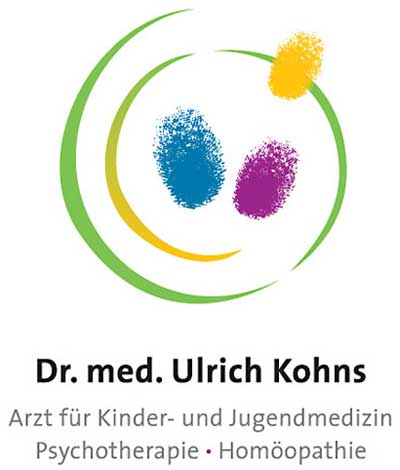One of the effective tools to streamline your workflow and save valuable time is the usage of document templates. Whether or not you’re drafting a business proposal, making a project plan, or sending out meeting minutes, templates can significantly simplify the process. This ultimate guide will explore the benefits of document templates, the right way to create and use them effectively, and a few essential templates it is best to consider incorporating into your workflow.
The Benefits of Document Templates
Time-Saving
One of the most significant advantages of document templates is the time they save. Instead of starting from scratch each time you want to create a document, a template provides a pre-designed construction you can quickly fill in. This can reduce the time spent on formatting and structuring documents, allowing you to deal with the content.
Consistency
Consistency is essential, particularly in a professional setting. Document templates make sure that all your documents have a uniform look and structure. This uniformity not only looks more professional but in addition makes it easier for readers to understand and navigate your documents.
Reduced Errors
Templates might help reduce errors by providing a clear structure and predefined fields that have to be filled out. This minimizes the risk of forgetting to incorporate essential information or making formatting mistakes.
Improved Collaboration
When working in a team, templates can enhance collaboration by providing a regular format that everyone adheres to. This makes it easier for team members to contribute to and evaluate documents, ensuring that everyone is on the same page.
Creating Effective Document Templates
Determine Your Needs
Before making a template, determine the types of documents you often use and the particular needs they address. Common examples embody business letters, invoices, meeting agendas, and project plans.
Define the Construction
A great template ought to have a transparent and logical structure. Start by outlining the key sections that must be included. For instance, a project plan template may embrace sections for the project overview, targets, timeline, and resources.
Use Placeholders
Incorporate placeholders for variable information that will change with every use of the template. For instance, placeholders for dates, names, and specific particulars related to the document’s purpose.
Keep It Simple
While it’s necessary to incorporate all mandatory information, keep away from making your templates overly complex. A easy, clean design is less complicated to make use of and more effective in the long run.
Test and Refine
Before finalizing a template, test it in real-world scenarios to make sure it meets your needs. Collect feedback from colleagues or team members and make any mandatory adjustments.
Essential Document Templates
Enterprise Proposal Template
A business proposal template will help you quickly and effectively present your ideas to potential clients or partners. Key sections might embrace an executive summary, project particulars, budget, and timeline.
Meeting Agenda Template
A meeting agenda template ensures that each one your meetings are well-organized and productive. Embody sections for the meeting title, date, attendees, agenda items, and motion items.
Invoice Template
An bill template simplifies the billing process. Key elements include your corporation name and phone information, client details, a breakdown of services or products provided, and the total amount due.
Project Plan Template
A project plan template helps you define the scope, aims, and timeline of your projects. Embody sections for project goals, milestones, tasks, and assigned responsibilities.
Resume Template
A resume template can make the job application process more efficient. Include sections in your contact information, professional summary, work experience, training, and skills.
Utilizing Document Templates Effectively
Customise When Needed
While templates provide an amazing starting level, do not be afraid to customize them to fit the specific needs of every document. Tailoring templates to the task at hand can enhance their effectiveness.
Store Templates Accessibly
Store your templates in a location that’s easily accessible to make sure they are readily available when needed. Cloud storage solutions like Google Drive or Dropbox may be particularly useful for this purpose.
Frequently Update Templates
Overview and replace your templates repeatedly to make sure they continue to be related and effective. As your online business or personal needs evolve, your templates should evolve too.
Conclusion
Document templates are a powerful tool for simplifying your workflow and rising productivity. By providing a constant construction and reducing the time spent on repetitive tasks, templates allow you to deal with what really issues—creating quality content material and achieving your goals. Start incorporating document templates into your workflow at this time and expertise the benefits of a more streamlined and efficient process.

Schreibe einen Kommentar